As summer fades and cooler breezes roll in, a garden alive with color can feel like a warm welcome to fall. Fall-blooming perennials are the perfect way to keep your outdoor space glowing when most plants start to fade. These hardy choices return year after year, bringing dependable beauty and requiring less effort than annuals. Whether your garden is a long-established retreat or a newly built plot, these perennials can add texture, fragrance, and vibrant hues that last deep into the season.
1. Aster (Symphyotrichum novae-angliae)
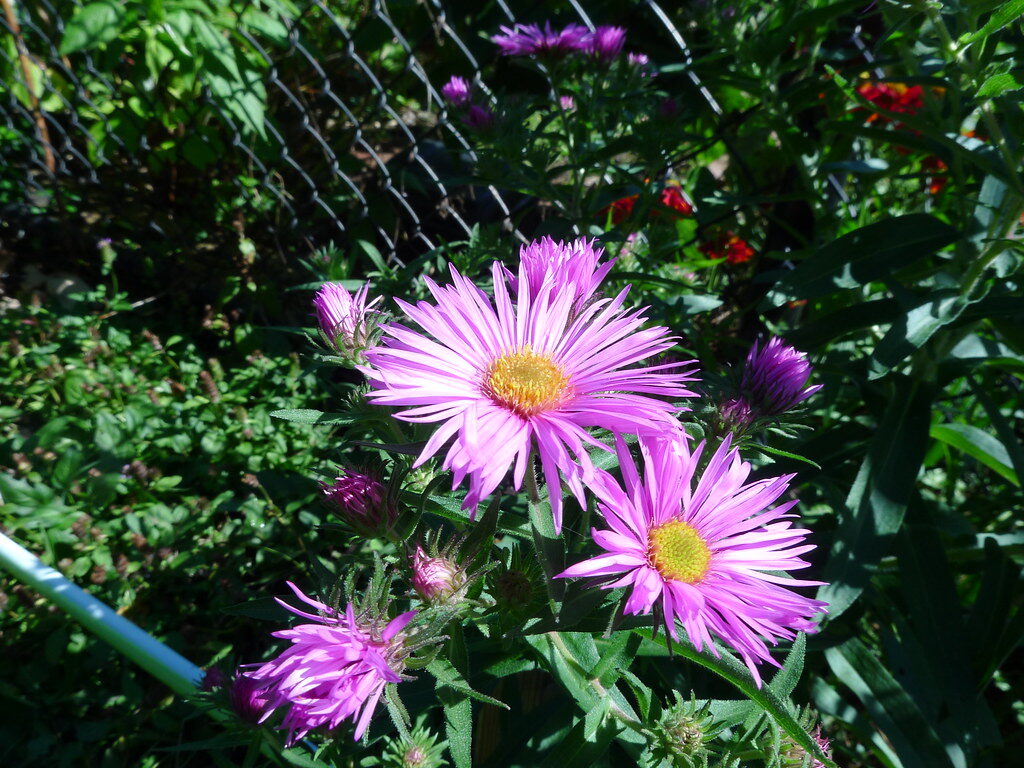
Asters have been cherished in North American gardens since the 1700s, with many cultivated varieties developed throughout the 19th century. Known for their daisy-like blooms in shades of purple, blue, pink, and white, asters create a stunning late-season display. They thrive in full sun and well-drained soil, often reaching heights of two to four feet. Their nectar-rich flowers are magnets for bees and butterflies, making them both beautiful and ecologically valuable. Plant asters in clusters for maximum impact, and enjoy their brilliance from early fall until the first frost.
2. Chrysanthemum (Chrysanthemum morifolium)
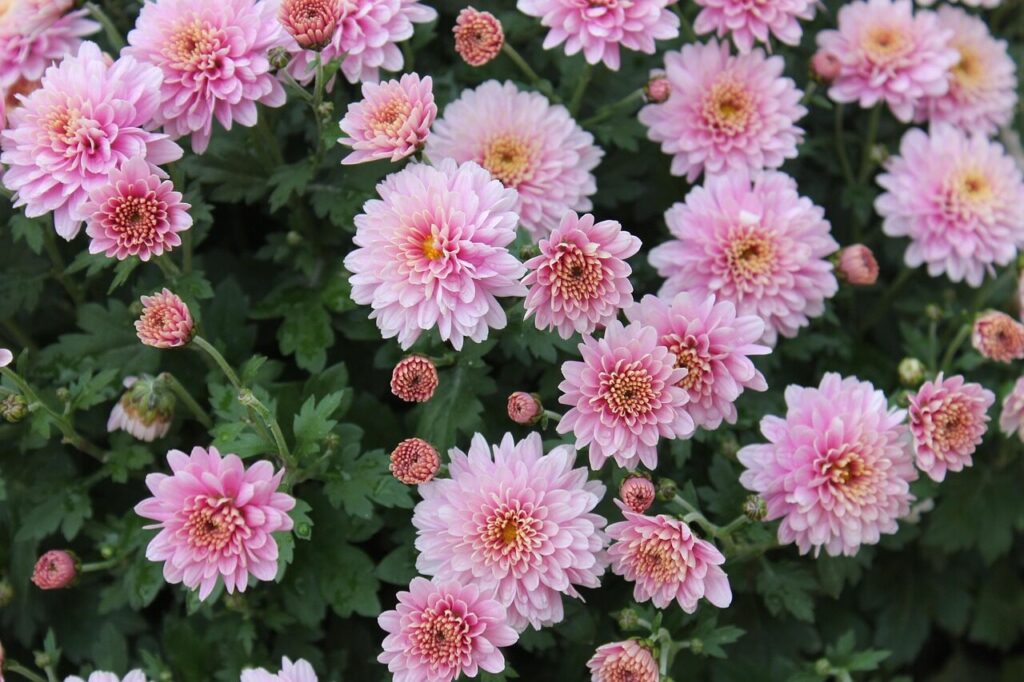
Originally cultivated in China more than 2,500 years ago and introduced to Europe in the 17th century, chrysanthemums, commonly called mum, remain a fall garden staple. Their striking blooms, available in shades from golden yellow to deep burgundy, create a festive seasonal vibe. These perennials prefer full sun and moderate watering, rewarding gardeners with abundant blossoms from late September through November. Pinch back stems in early summer to encourage bushier growth. When planted in well-prepared soil, mums return year after year, providing reliable bursts of color just when your garden needs it most.
3. Japanese Anemone (Anemone hupehensis)
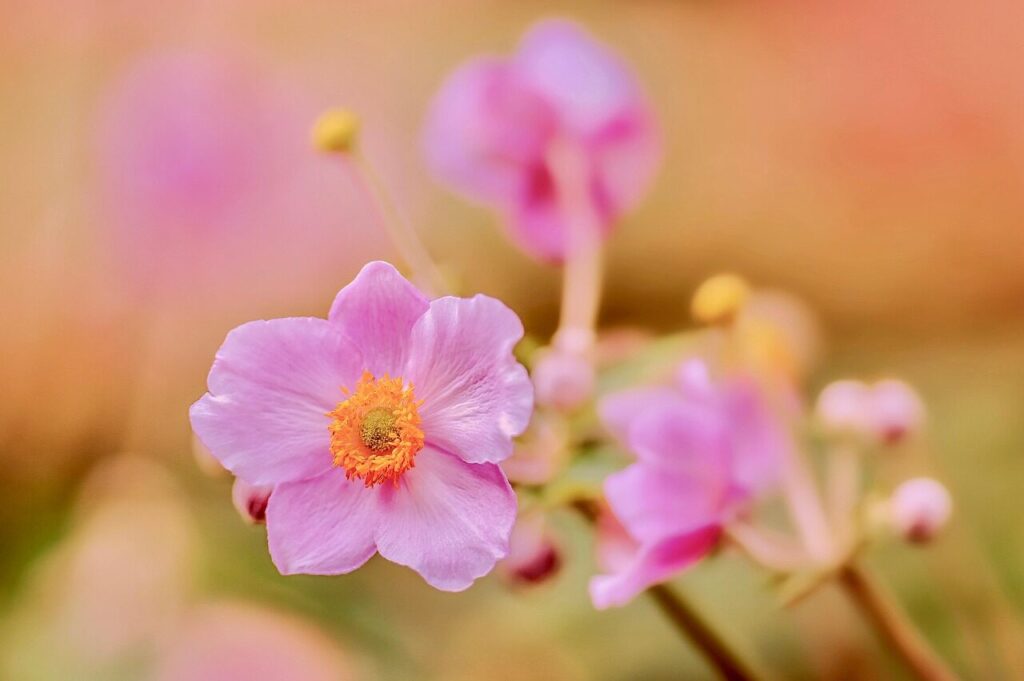
First admired in Japanese temple gardens centuries ago, Japanese anemones bring an air of graceful elegance to fall landscapes. Their delicate petals, white, pink, or lavender, dance atop tall, wiry stems that can reach up to three feet. These perennials bloom from late August through October, thriving in partial shade and moist, rich soil. Introduced to Western gardens in the mid-1800s, they are celebrated for their ability to naturalize, forming attractive drifts over time. Pair them with late-season grasses or hostas for a layered look that extends the garden’s life well into fall.
4. Sedum ‘Autumn Joy’ (Hylotelephium spectabile)
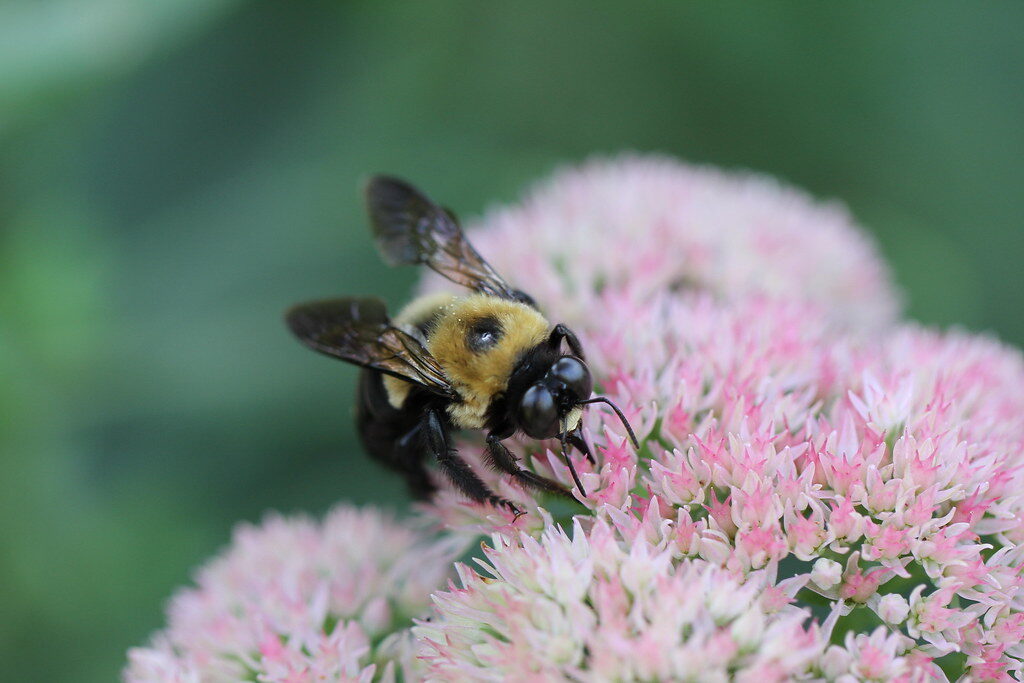
Sedum ‘Autumn Joy,’ a hybrid developed in Germany during the 1950s, is a dependable perennial known for its succulent leaves and vibrant flower heads. Starting as pale green buds, the blooms gradually transform into deep pink and finally a coppery red as temperatures cool. This plant thrives in poor or rocky soils and tolerates drought, making it ideal for low-maintenance gardens. Standing up to two feet tall, it also attracts pollinators such as bees and butterflies. Even after frost, the dried seed heads add winter interest, extending their beauty beyond the growing season.
5. Helenium (Helenium autumnale)
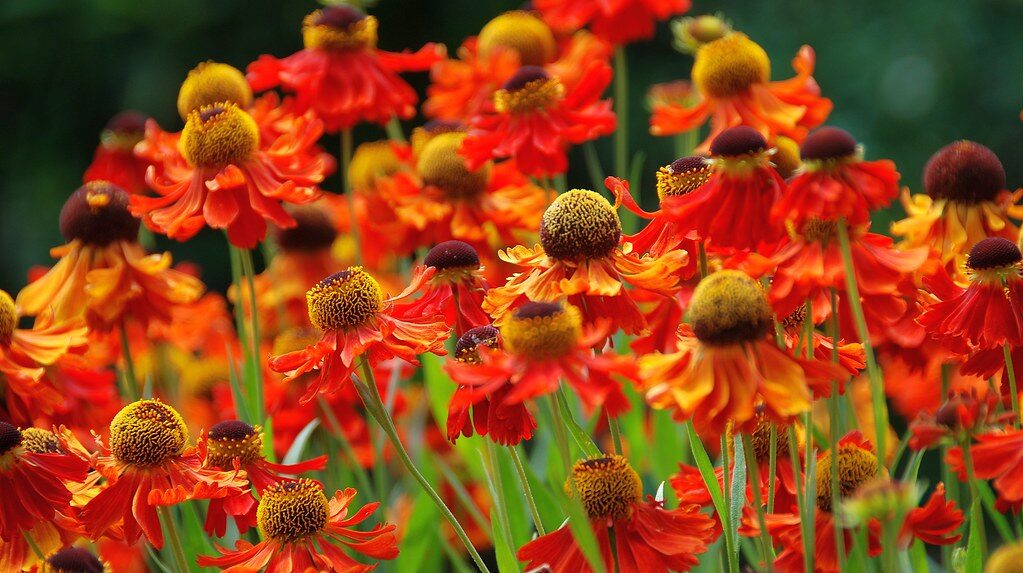
Named for Helen of Troy and cultivated in American gardens since the 18th century, Helenium, often called sneezeweed, delivers a fiery burst of color. Its daisy-like flowers bloom in late summer through fall in shades of yellow, orange, and red. Reaching two to five feet tall, Helenium thrives in full sun and moist soil, providing a dramatic vertical accent. Deadheading encourages continuous flowering, while its late-season nectar feeds migrating butterflies. Despite its old-fashioned name, modern cultivars are perfectly suited to today’s vibrant, pollinator-friendly garden designs.
6. Russian Sage (Perovskia atriplicifolia)
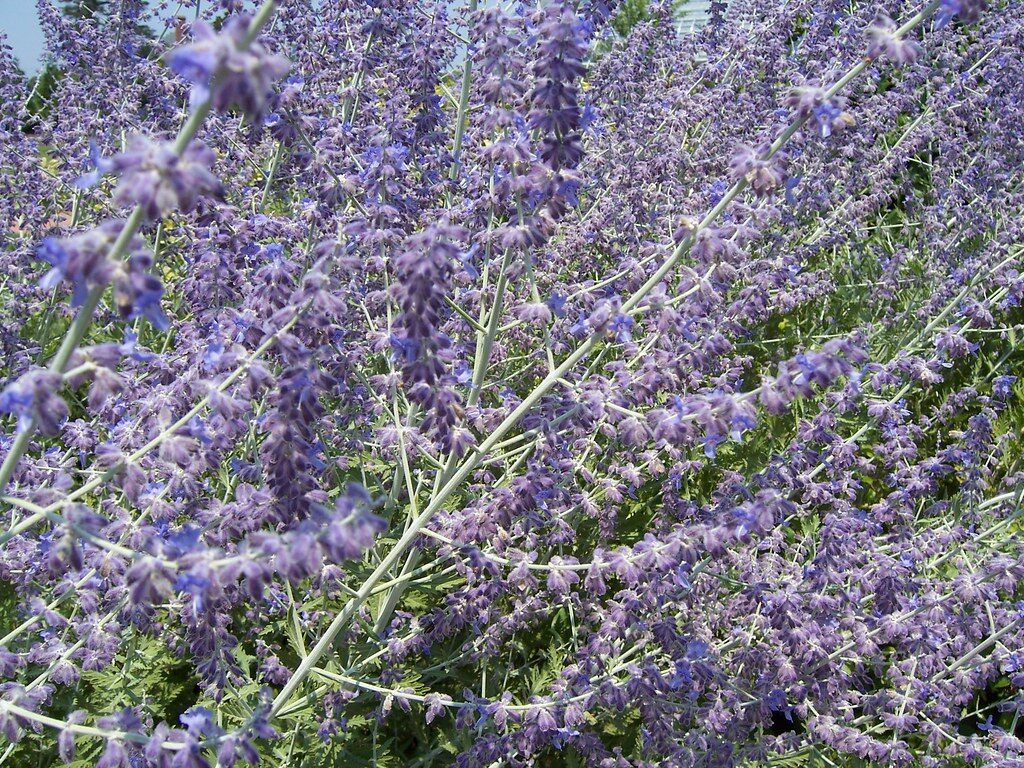
Introduced to Western horticulture in the mid-1800s, Russian sage is celebrated for its silvery stems and delicate lavender-blue flowers that appear from late summer into fall. Growing up to four feet tall, it prefers full sun and well-drained soil, tolerating drought once established. Its aromatic foliage adds another layer of interest, releasing a pleasant scent when brushed. This hardy perennial provides a soft, airy texture that pairs beautifully with ornamental grasses or bold fall bloomers like coneflowers, ensuring your garden remains vibrant until the season’s end.
7. Goldenrod (Solidago spp.)
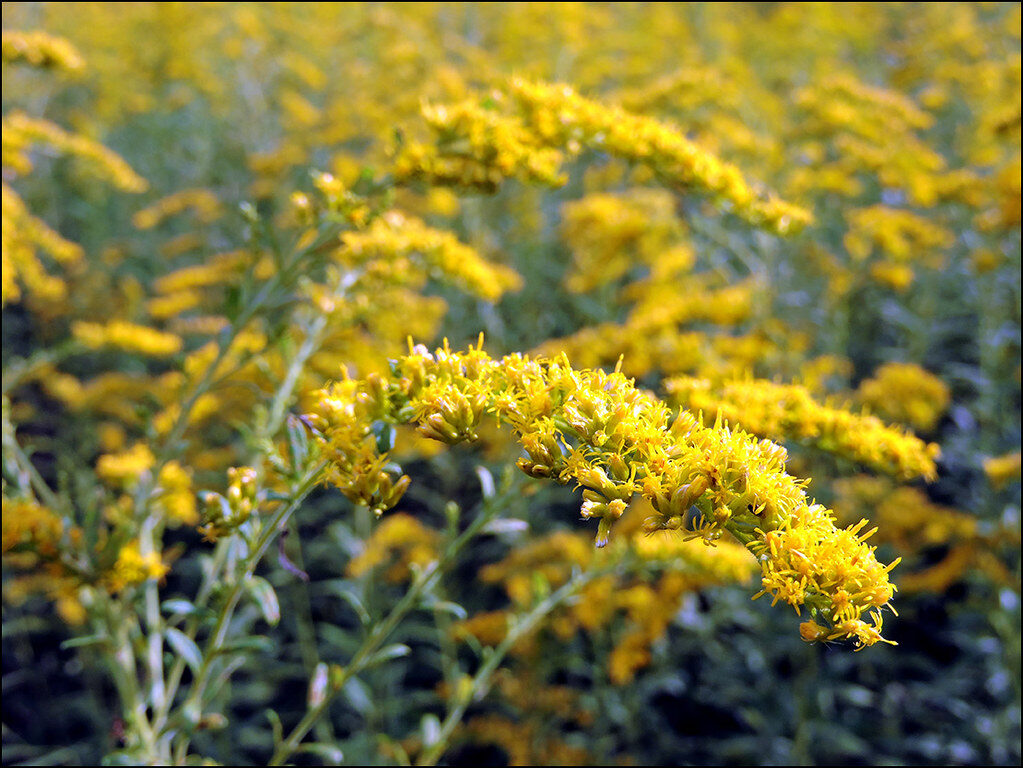
Goldenrod, a North American native long valued for its medicinal uses by Indigenous peoples, brings a burst of golden-yellow color from late summer into fall. Though often mistaken as the cause of seasonal allergies, it is ragweed that’s to blame, while goldenrod instead serves as a magnet for bees, butterflies, and other beneficial insects. These hardy perennials thrive in full sun and well-drained soil, reaching heights of two to five feet depending on the variety. Their tall, upright form and vibrant blooms make them ideal background plants in perennial borders, where they brighten the landscape and provide crucial late-season support for pollinators.
8. Toad Lily (Tricyrtis hirta)
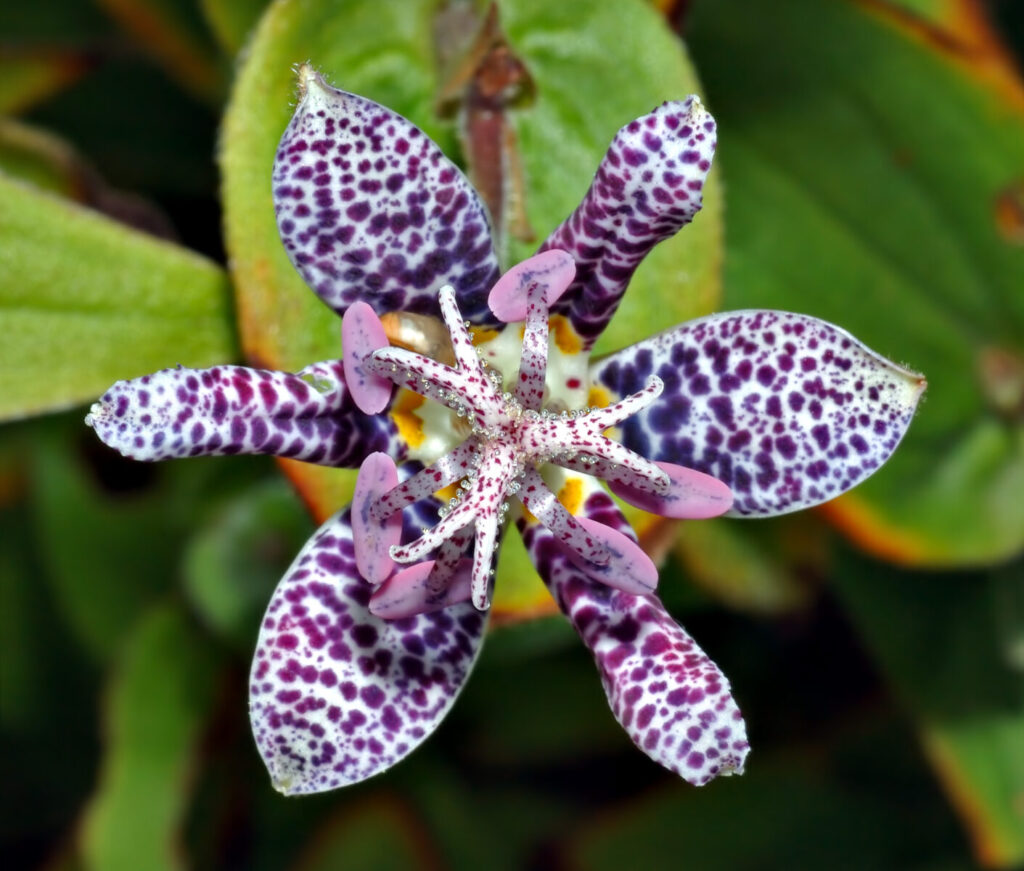
Native to Japan and discovered by Western botanists in the 19th century, toad lilies offer exotic beauty when most flowers have faded. Their orchid-like blooms, often speckled with purple or blue, appear in shady garden corners from September to October. Reaching one to three feet tall, these perennials thrive in moist, rich soil and dappled light. Toad lilies provide a delicate contrast to sturdier fall plants, rewarding gardeners with unexpected elegance. Their late bloom time makes them a standout choice for extending garden interest well into the fall months.
9. Monkshood (Aconitum carmichaelii)
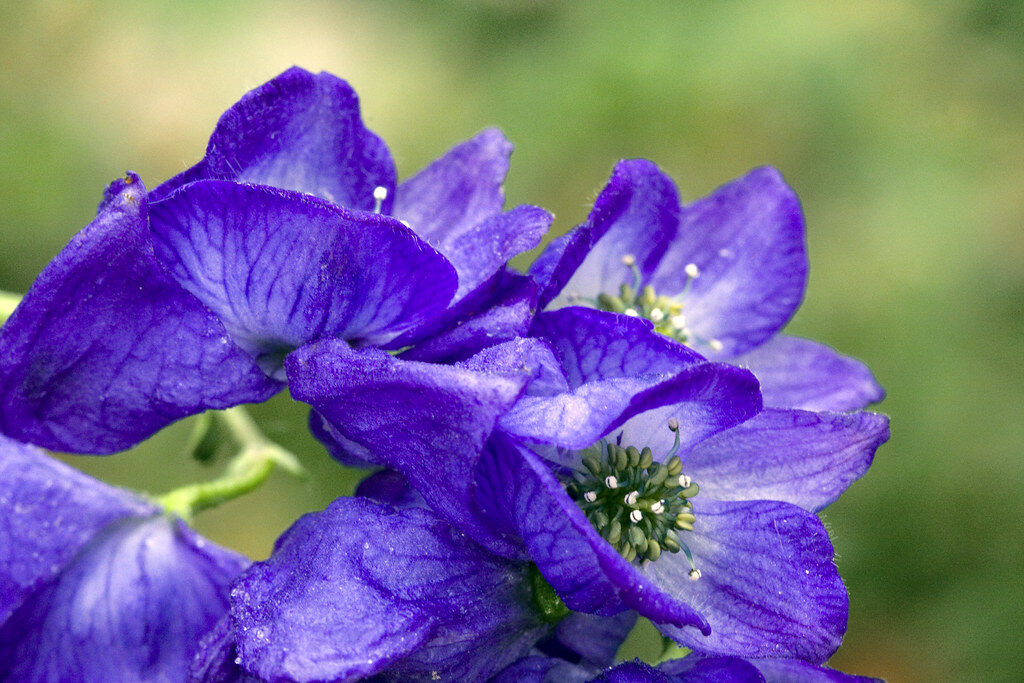
Cultivated in Europe and Asia for centuries, monkshood is prized for its tall spires of deep blue to violet flowers that bloom in late summer and early fall. Reaching up to four feet, it thrives in partial shade and evenly moist soil, adding vertical drama to garden borders. While its beauty is undeniable, all parts of the plant are toxic, so handle with care and avoid planting where pets or small children might wander. When respected, monkshood rewards gardeners with striking color that contrasts beautifully with fall foliage.
10. Turtlehead (Chelone lyonii)
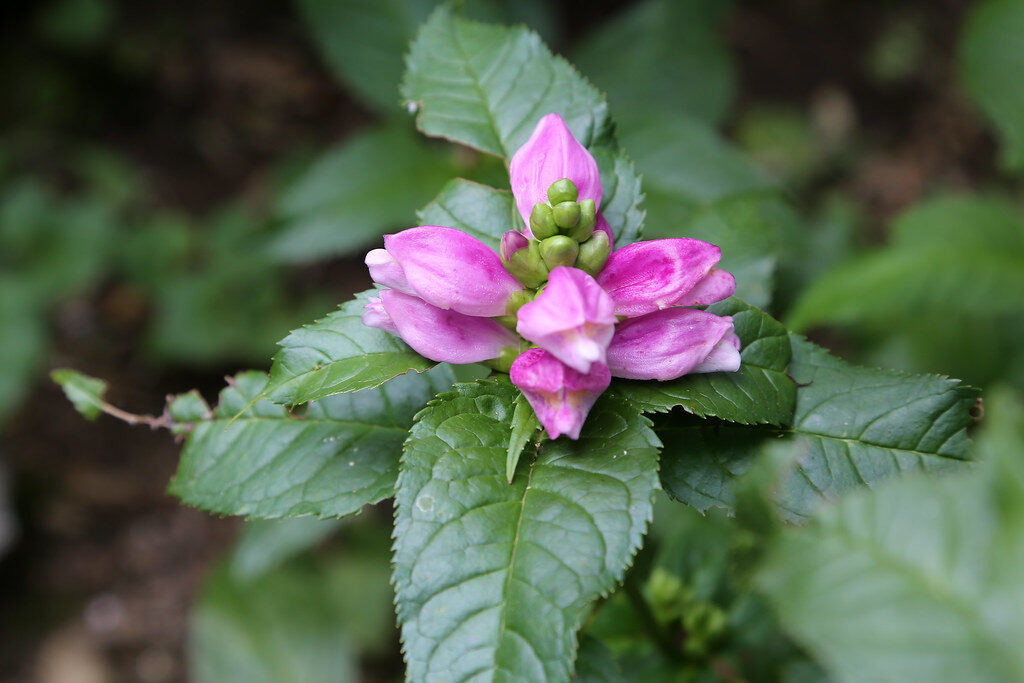
Turtlehead, a North American native named for its turtle-shaped blooms, has been admired in wild landscapes for centuries. Its clusters of pink or white flowers emerge in late summer and last well into fall, brightening damp or partially shaded spots. This hardy perennial grows two to three feet tall and thrives in moist soil, making it perfect for rain gardens or near ponds. Turtlehead’s nectar-rich blossoms attract hummingbirds and butterflies, adding movement and life to your fall garden while blending seamlessly with native planting schemes.
Comments